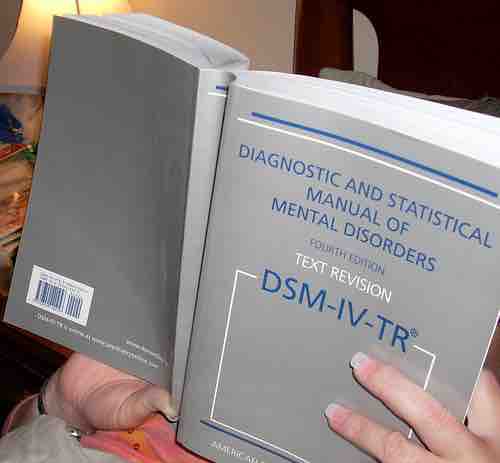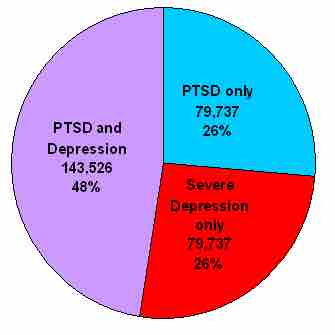Psychological theories of deviance use a deviant's psychology to explain his motivation and compulsion to violate social norms. In many ways, psychological theories of deviance mirror biological explanations, only with an added emphasis on brain function. Whereas historical biological explanations, such as those provided by the Italian School, used biological traits from the whole body (e.g., protruding jaws, large ears) as signifiers of a biological propensity for criminal behavior, today's psychological theories of deviance use the biology of the brain (in terms of the structure of the brain, levels of neurotransmitters, and psychiatric diagnoses) to explain deviance.
Conduct Disorder
One case study of a psychological theory of deviance is the case of conduct disorder. Conduct disorder is a psychological disorder diagnosed in childhood that presents itself through a repetitive and persistent pattern of behavior in which the basic rights of others and major age-appropriate norms are violated. This childhood disorder is often seen as the precursor to antisocial personality disorder. According the Diagnostic and Statistical Manual of Mental Disorders–IV (the professional manual listing all medically recognized mental disorders and their symptoms), conduct disorder presents as aggressive and disrespectful behavior. Compared to normal controls, youth with early and adolescent onset of conduct disorder displayed reduced responses in the brain regions associated with antisocial behavior. In addition, youth with conduct disorder demonstrated less responsiveness in the orbitofrontal regions of the brain during a stimulus-reinforcement and reward task. These psychological symptoms of conduct disorder, both in terms of neuroanatomy and neurotransmitter regulation, help to explain the explanatory link between psychology and crime. Moreover, they demonstrate the increasingly fluid boundary between psychological and biological theories of deviance.

Diagnostic and Statistical Manual of Mental Disorders - IV
According to the Diagnostic and Statistical Manual of Mental Disorders – IV, the professional manual listing all medically recognized mental disorders and their symptoms, conduct disorder presents as aggressive and disrespectful behavior.
Psychological Trauma
Psychological theories of deviance do not necessarily have a biological element. Deviant behavior can also be explained by psychological trauma in one's past. Take, for example, the case of post-traumatic stress disorder (PTSD). This is a psychological condition in which a traumatic incident in one's past causes an individual to have abnormal reactions to stimuli. PTSD is frequently invoked in cases of child abuse, in which the psychological trauma of having been abused as a child can contribute to deviant behavior in the future. PTSD is also discussed in cases of deviant, violent behavior on the part of individuals who have experienced trauma while in the military. Consider the case of Sergeant Robert Bales. Sgt. Bales is an American soldier who has served four tours in Iraq and Afghanistan over the past decade. Sgt. Bales is accused of getting drunk and going into a town nearby his post in Afghanistan and murdering 16 Afghanis without provocation. Experts are already speculating that the psychological trauma of multiple redeployments contributed to Sgt. Bales's alleged deviance.
Problems with Psychological Theories of Deviance
While psychiatric diagnoses are commonly used to explain deviance, one must remember that what counts as a legitimate diagnosis is always in contention. The DSM, the manual for what the psychological community recognizes as a legitimate psychiatric diagnosis, is a revised manual. One example of the importance of these revisions: homosexuality used to be included in the DSM as a psychiatric condition. Thus, until it was removed in 1986, homosexuality (the psychological condition) could have been a psychological explanation for deviant sexuality. However, since being removed from the DSM, homosexuality is no longer recognized as a legitimate psychiatric condition and, therefore, the now debunked homosexuality-as-psychiatric-condition does not serve an explanatory role in regards to deviant sexuality. This goes to demonstrate the fluctuating nature of psychological theories of deviance.

PTSD Statistics
Cases of PTSD and Severe Depression Among U.S. Veterans Deployed to Iraq and Afghanistan Between Oct 2001 and Oct 2007